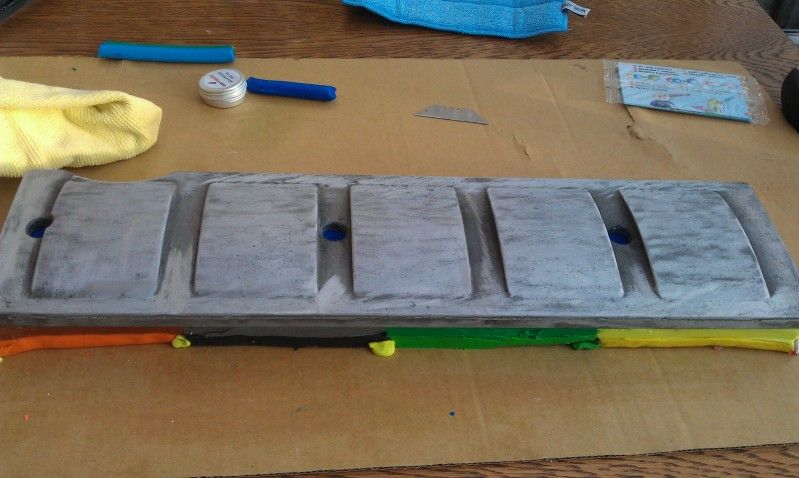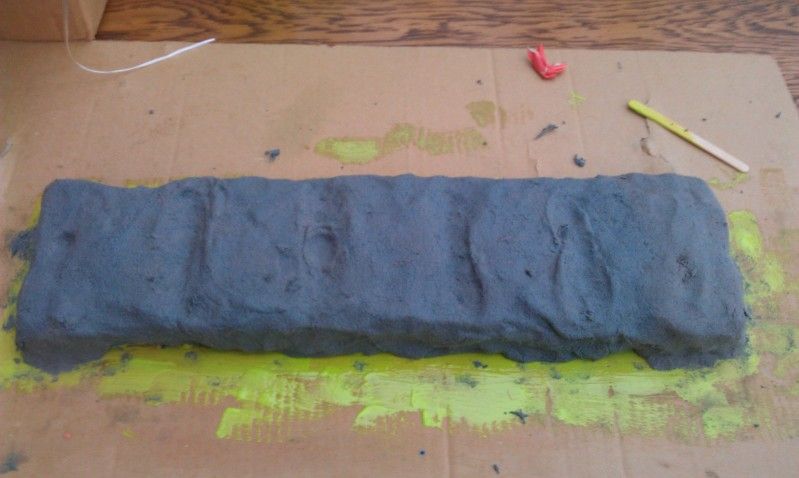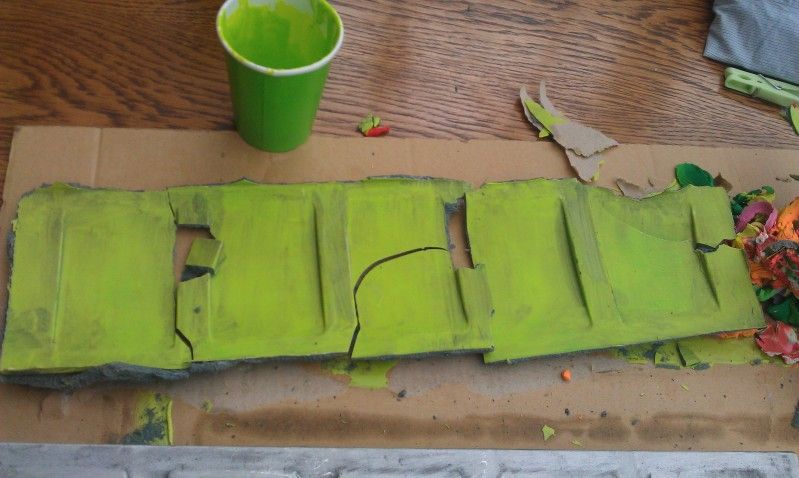Hi everyone.
I'm new to all of this carbon fibre and came across the video's on youtube and thought it looked easy, seems I was wrong on that front!

I bought the putty making kit to make a mould of a spark plug cover and had issues trying to release the part from the mould and ended up breaking it in various places. The video's make it look easy!
Anyway, hopefully someone can help / advise me on what I did wrong please.
So, I started with the barriers around the edges etc..

This was then waxed 6 times and the PVA agent was applied on top. I then added the epoxy gel

Then added the fibre putty

And the final result

Now looking back at the photo's, I think I might have not put enough epoxy gel on, as it looks light in some places and I also think I left the putty too thin in some places.
I also had issues trying to release the part, so maybe I didn't use enough PVA on it?
Thoughts and opinions would be welcome
